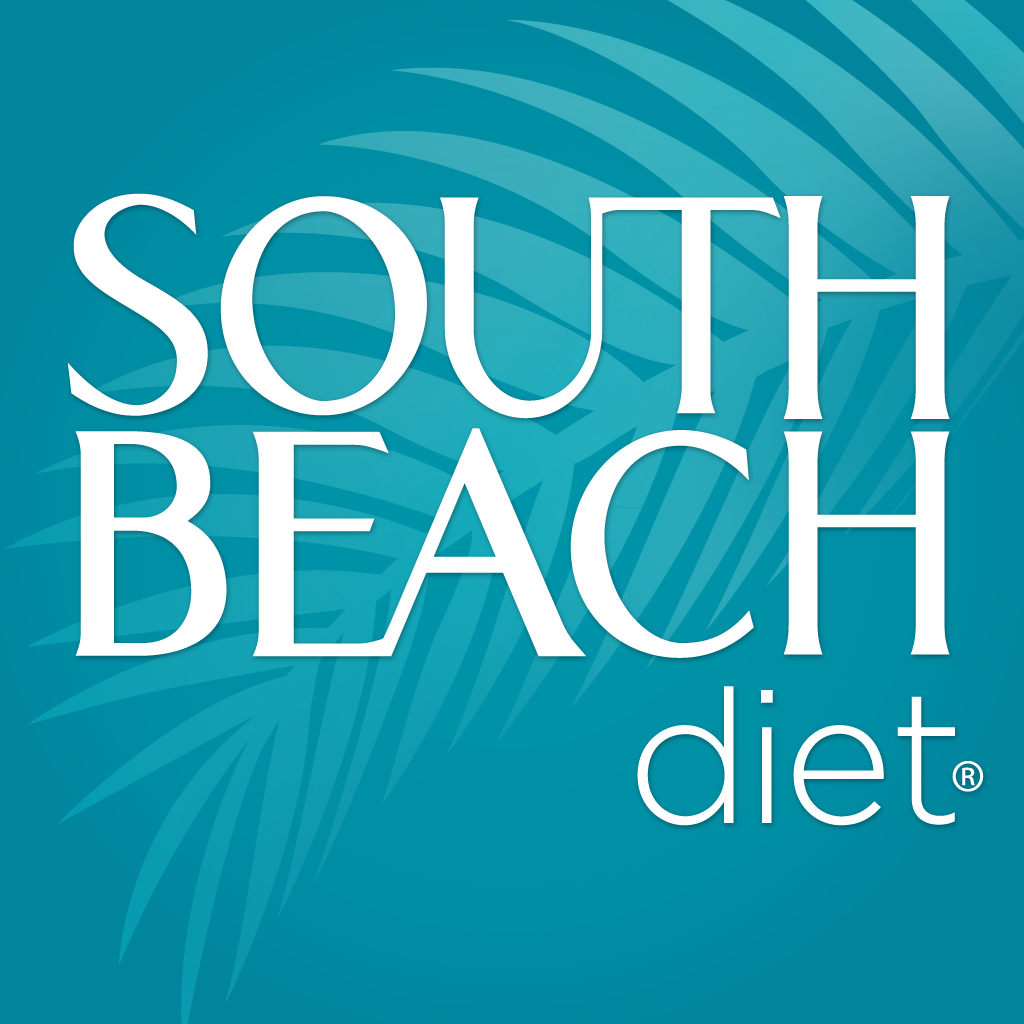Review of the South Beach diet
By Ari Snaevarsson, Features Editor
Introduction
To kick-start this series of diet reviews, I will be reviewing one of the most popular commercial diets, the South Beach Diet. The diet was created by cardiologist Arthur Agatston in 2003 and is promoted as a moderately low-carb diet that emphasizes the consumption of protein and healthy fats. It is important to note this is not a stringent low-carb diet, in the sense that it does not encourage dieters to cut out all carbs where possible; rather, it focuses on teaching people to transition into, and then maintain, a moderate-carb diet.
The nuts and bolts
This next section will just function as a brief summary of the diet’s implementation. For further, more detailed information about the diet, I suggest you buy the book (they sell about a million on their site; the original is called “The South Beach Diet: The Delicious, Doctor-Designed, Foolproof Plan for Fast and Healthy Weight Loss”).
The diet is composed of three phases, each meant to teach the dieter to develop lifestyle changes that carry over into the next phase and then eventually lifetime maintenance.
Phase 1 (2 weeks)
The goal of this phase is to eliminate cravings for refined sugars and starches. To do so, the protocol is to cut out all carb sources and alcohol (excluding sources of minimal or trace carbs, like veggies and low-fat dairy) and to focus on eating lots of lean proteins, high-fiber veggies, and healthy fats.
Phase 2 (Carried out until goal weight is achieved)
The goal of this phase is to hit one’s specific goal weight. This is accomplished by adding carbs back in, primarily in the form of complex, unprocessed sources, although small quantities of other, more fun foods can be eaten as well.
Phase 3 (Maintained, ideally, for life)
The goal of this final phase is to take from the previous phases healthier, lower-calorie eating habits that can be integrated into one’s lifestyle from here on out. As such, all foods are technically allowed at this point. The only caveat is that they must be eaten in moderation, although in theory the dieter will be more likely to choose foods higher in fiber, protein, micronutrients, and healthy fats as part of their diet and will not need to be told what they can and cannot eat.
Does it check out?
South Beach claims Phase 1 usually results in weight loss of around eight to thirteen pounds, and Phase 2 results in one to two pounds lost a week. These both make sense, intuitively. Periods of severe carbohydrate restriction are generally accompanied by dramatic short-term weight loss (mainly from water, but some short-term fat loss is definitely accelerated with such a great degree of restriction). Likewise, the cutting out of sugary junk foods, liquid calories, and unhealthy snacking habits and substitution with high-fiber, high-protein options that increase satiety and enhance weight loss efforts seen in Phase 2 will absolutely have a dramatic impact on caloric intake, even in the absence of conscientious counting.
Conclusion
This diet is advertised like typical commercial diets, and I do not exactly approve of this, but when you are operating in a market where your customers want to hear anything but the hard truth about losing weight (that it requires eating less and exercising more), you have to do what you have to do.
Phase 1 does put me on high alert. I fail to see how cutting out all alcohol and carbs, even for just two weeks, is going to eliminate cravings. If anything, I would think cravings would increase, to the point that you risk having people go into Phase 2 dying to stuff an entire large pizza down their gullet. I understand a change of pace is desperately needed in individuals used to such unhealthy eating habits, but there are better ways around this (like slowly transitioning into something like Phase 2).
That aside, I do want to praise the fact that they emphasize everything in moderation and transitioning into a healthy long-term diet. Weight regain is a humongous issue with commercial diets, so the fact that they not only account for this but actively base their recommendations on what is sustainable in the long run is huge, to me at least.
My final words on the matter would be that I can see this being a great option in non-diabetic, overweight individuals looking to drop fat and reduce risk markers associated with excessive weight. I do not at all think counting calories is too much to ask of people, but this definitely appears to be the next best thing. Stay tuned for more, next semester!

